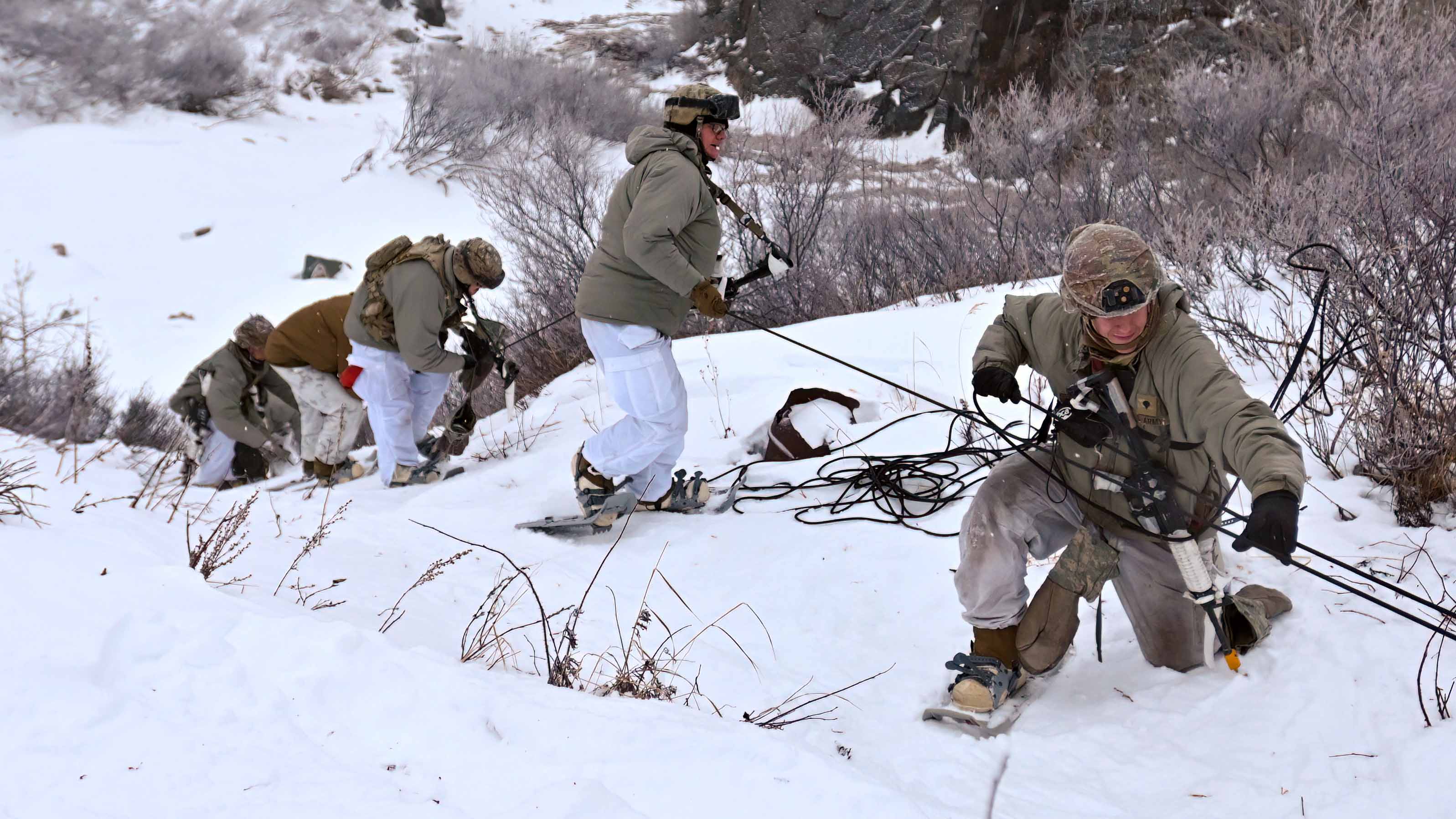Rand: US Military Should Bolster Arctic Capabilities
Rand: US Military Should Bolster Arctic Capabilities

The U.S. military should double down on protecting the nation’s interests in the Arctic, a rugged and challenging region that is becoming an “increasingly active security environment,” according to a recent report from the Rand Corp.
“The [Arctic] region is essential for safeguarding the northern flanks of both North America and Europe,” the report says. “The U.S. military has invested relatively little in Arctic capabilities for the size of its Arctic area of responsibility, compared with the investments made by some other countries.”
Specifically, Russia continues to maintain and upgrade “large-scale, credible Arctic military capabilities,” while China’s “growing economic and scientific activities in the region could enable it to expand its influence and capabilities there,” the Rand report says.
For the report, Rand utilized over 20 interviews with maritime planners and operators, events with Arctic scholars and institutions, and a tabletop exercise on U.S. Arctic access and challenges with over 70 participants from across the services.
The Army affirmed its commitment to the Arctic when it reactivated the 11th Airborne Division in Alaska in June 2022. About 11,600 soldiers serve at Fort Wainwright and Joint Base Elmendorf-Richardson under the command of U.S. Army Alaska, according to the report.
The rugged conditions in the Arctic create difficulty with access, presence, mobility and other factors for all Arctic actors, including the Army, the report says. Specifically, ground-based mobility is “the considerable challenge for the U.S. Army … in the Arctic,” the report says.
“Movement across snow and ice requires specialized tires or other traction, fuel mixes, means of keeping engines warm, and insulation of wires, tubes, and water,” according to the report. “Movement across muddy, seasonally unfrozen ground and loss of access to ice roads in warmer weather presents a different set of problems.”
Investing in the Arctic means the U.S. military should prioritize sustained presence, the report found, including “better leveraging the Army’s ground presence in Alaska.”
“Another common theme … that we have emphasized is the issue of sustaining presence once initiated,” the report says. “Creating and sustaining more presence in and around far northern Alaska and maintaining a capability to deploy a sustained presence elsewhere … will require substantial investment in infrastructure, inventories, personnel, and plans.”
In addition to capability and capacity challenges, the U.S. military is facing increasing threats from its competitors. “Climate change and expectations of regional economic potential have established conditions for the Arctic to become more vulnerable to spillover of tensions or even conflict,” the report says. “The U.S. armed forces will increasingly contend with strategic competition in this region … to promote national interests and support allies and partners.”
Looking to the future, the U.S. military will need to step up to maintain domestic and international interests in the Arctic. “The United States … can no longer rely on a low baseline of human activity in the region to continue into the future; nor can it focus on strategic competition solely at lower latitudes,” the report says. “Now, with Arctic access and presence increasingly important for domestic and international interests … it has become imperative to do more.”
Read the full report here.

